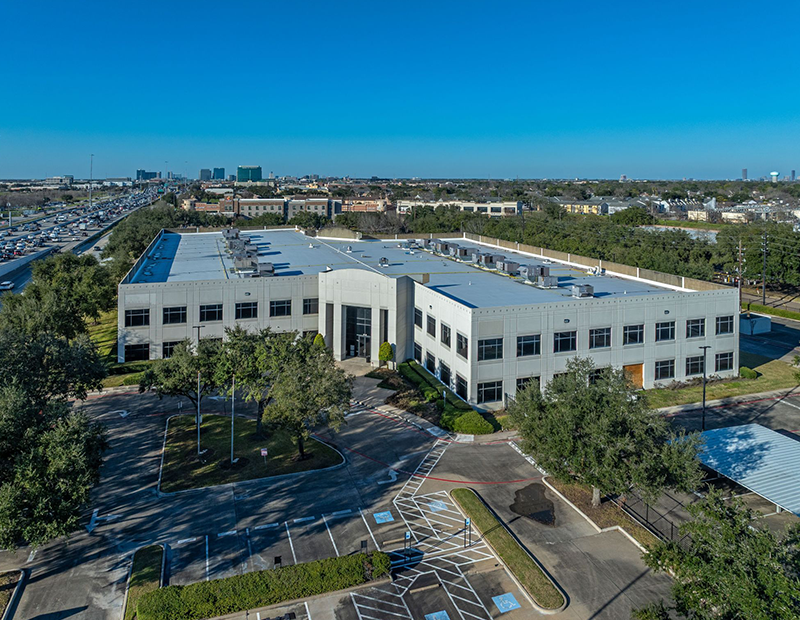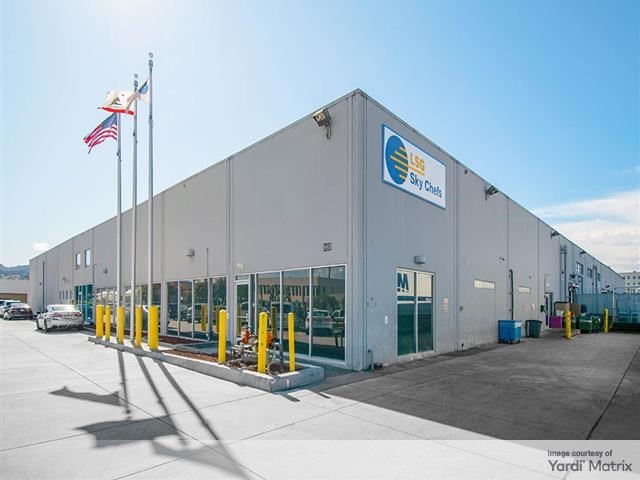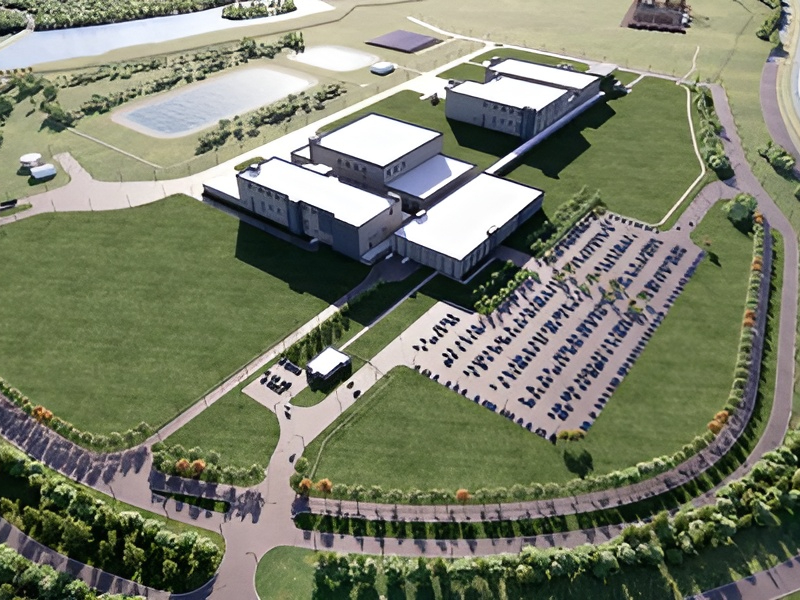What Will Construction Look Like When COVID-19 Ends?
Dramatic change is ahead for the construction industry. Here’s what owners, designers and other stakeholders need to know, says the veteran consultant and author Barry LePatner.
The real estate and construction industry must begin to accept that, in the post-COVID-19 era, they will be seeing more changes over the next five years than in the past 75. These impacts will result in higher construction costs, longer project schedules, and massive changes to the supply chain that provides the materials and products that must be sourced and installed on each project.
In April, the U.S. construction workforce saw layoffs of 975,000 workers—the steepest single-month drop in the sector since the late 1930s—while the industry’s jobless rate soared to 16.6 percent. Specialty trades were hit the hardest, losing 690,500 jobs during April. The architect and engineer segment of the industry reported 85,000 job losses.
Ken Simonson, chief economist with Associated General Contractors of America, said in a recent statement: “Without new federal help, it is hard to see a scenario where the construction industry will be able to recover any time soon.”
Health experts believe COVID-19 will be with us at least until the end of 2020. Yet, regardless of how long work stoppages will last, what we will find once construction fully resumes will not resemble the normal of recent years. So the question becomes, what will the new normal look like?
It is impossible to know now what will unfold for the construction industry. But it is possible to consider the lessons of the past, both distant and recent, and on that basis, to think constructively about the steps the industry must take to minimize the damages that will flow from the pandemic, and to be prepared for a certain upsurge in national construction that will be experienced in the future.
Here are a number of key facts and issues that will lay the predicate for what owners, design professionals, and the construction industry will be addressing in the months ahead.
What Lies Ahead
Tens of thousands of small “mom-and-pop” subcontractors, suppliers, vendors, and manufacturers—critical to the supply chain—will go out of business over the next six months. New players will ultimately replace them—vastly accelerating the return of U.S. manufacturing after a decades-long over- reliance on imported supplies. It is unlikely, however, that the volume of goods and skilled workers we will continue to lose in the short term will be fully replaced in less than two years.
Following the 2008 Great Recession, the construction industry saw 1.5 million workers lose their jobs, and, as late as 2018, nearly 500,000 still had not returned to the industry, creating a notable shortfall in skilled workers at all levels. Once again, many workers today will be pursuing new fields, requiring midsized and large construction companies to pay higher wages than ever for existing skilled labor, inevitably passing those costs to owners.
CMs and GCs will need to undertake greater due diligence in hiring the subcontractors, suppliers, and vendors they relied on in past years. Many of these may or may not even remain in business. Of those that do, their financial viability will be sorely tested. It will thus be imperative to prove their financial and insurance resources to construction managers and general contractors, to justify retaining them on future projects. Again, reliable subcontractors and vendors will, by virtue of the losses incurred due to the pandemic, be producing less work while simultaneously raising the costs to owners.
For the AEC world, big firms will almost certainly get bigger; they will have more resources to pay for more experienced and higher-skilled workers, and expand the use of more efficient and profitable technology. And since the number of active construction projects of all scales, sizes, and complexities will be greatly reduced over the next year or so, larger firms will aggressively be bidding on midsized projects they had typically avoided over the past five to seven years. This heightened level of competition will force the midsized and smaller architects, engineers and contractors to compete that much harder for projects that were already difficult to win.
Owners, on the other hand, will be asked to pay more for all of the above, while under serious constraints from skeptical lenders and insurers who will be demanding more due diligence on the AEC team being retained for larger projects. Only, don’t expect owners to readily accept the higher costs contractors will try to pass on in the form of increased general conditions costs. In fact, many owners will play hardball, using a new, highly competitive market as a means of trying to lower project costs while insisting that AEC players finally assume more (and, I would argue, appropriate) risk on new projects.
A recent McKinsey study revealed the multitude of risks assumed by owners on large-scale projects conclude with 98 percent of them exceeding their budgets by 30 percent or more and incurring delays of one to two years. This data will almost certainly drive owners to better identify these risks in advance of construction and develop scopes of work on new projects to be provided by AEC team members.
Owners will begin to demand that all AEC team members employ complete, coordinated, and detailed BIM models on each project. Armed with copious layers of information and specificity about the design and scheduling of projects, that was previously difficult to input into construction documents, owners will be far better positioned to secure a fixed price for all design elements incorporated into the BIM model. The AEC world is woefully behind in the use of technology; those who embrace it today will become the clear, dominant winners going forward.
Boutique contractors and design professionals—those who specialize in forward-thinking, environmentally oriented projects—will have a significant competitive advantage over midsized and large “jack-of-all-trades” firms in the AEC world. As construction projects of all stripes become more complex and tech-reliant, owners will be looking to employ AEC specialists with niche skills and expertise that cannot be replicated by a generalist.
Boom Times
Now for some good news!
After a few difficult years, by 2022 the nation should be ready to move forward in a 30-year, $35 trillion building boom. According to U.S. Census Bureau statistics, the nation will need to address the growing need for a population that will zoom to nearly 400 million by 2050. New cities will spring up in the South and Southwest as existing cities lose some of their density to suburban and rural areas.
Finally, as urban-style amenities become more common in new communities, Gen Xers and Millennials will come to realize they can have a better quality of life for their children outside cities, without facing the greater risk of future pandemics.
Once the COVID-19 crisis ends, the world of construction will be exciting for those AEC firms willing to embrace change, adapt new advanced technology, and be part of a revitalized construction industry ready to build more efficiently and profitably than any prior generation.
Barry B. LePatner, Esq., is the founder of LePatner & Associates LLP, & the CEO of Insights+ LLC. He is prominent as an author and adviser on business and legal issues affecting the real estate, design and construction industries, and is widely recognized as a thought leader in the construction industry.








You must be logged in to post a comment.